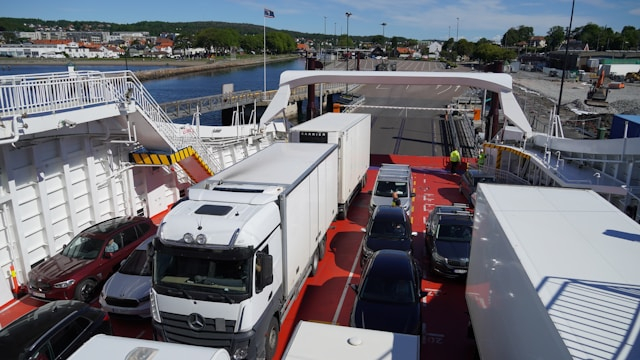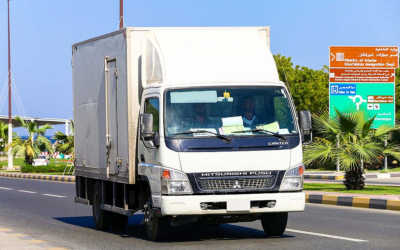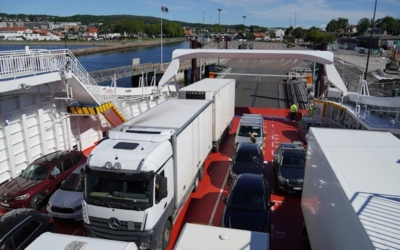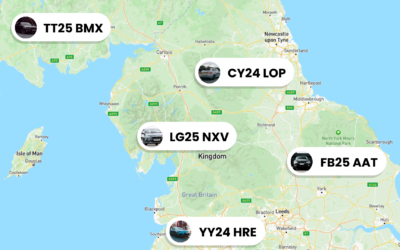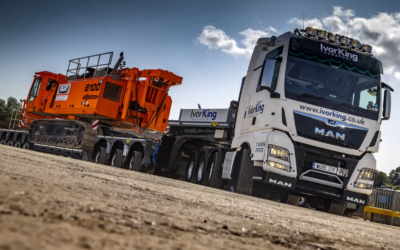Telematics ROI: Step-by-Step Guide for Fleet Managers
As a fleet manager, you’re constantly asked to justify investments that improve safety, cut costs and boost utilisation. Calculating Telematics ROI gives you the evidence you need to make that case — and to prioritise the right features and roll-out approach. This guide walks you through the full process: preparing the baseline, counting every cost, valuing the benefits, building a clear model and tracking results after deployment. Read on for practical formulas, assumptions to test and the KPIs you should monitor to ensure your Telematics ROI delivers as promised.
Why Telematics ROI Matters for Fleet Managers
Strategic objectives and decision criteria
Before you start modelling, be explicit about the business questions the Telematics ROI needs to answer. Are you focused on reducing fuel spend, lowering accident rates, improving utilisation, or achieving compliance? Different goals change which benefits you value and how quickly you expect payback. For example, fuel and routing gains often show up within months, while safety and culture shifts play out over a year or more. Clarifying objectives helps you choose the right KPIs and avoids over‑claiming returns.
Typical stakeholder concerns
Expect questions from finance on payback and NPV, from operations on usability and driver acceptance, and from safety teams on behaviour change. Presenting an ROI model tailored to each stakeholder — showing assumptions, sensitivities and realistic timelines — builds trust. Use simple visuals and call out where assumptions are conservative versus optimistic. If you want to show live features like Tracking or Dash Cameras, explain how those line items feed into cost savings and risk reduction.
Prepare Your Data & Baseline Metrics
Key baseline metrics to capture
Start with a clean baseline. Essential metrics include: total fuel spend and average MPG, idle hours, maintenance cost and downtime, accident frequency and cost, driver hours and overtime, and vehicle utilisation. These form the denominator for any Telematics ROI calculation. Record recent averages and ranges (min/max) so you can model conservative and optimistic outcomes.
Data sources and accuracy checklist
Pull data from fuel cards, vehicle telematics (if present), your CMMS, payroll and repair invoices. Verify data quality: remove duplicates, reconcile fuel card and odometer records, and check for seasonal outliers. If you’re introducing a new system to replace manual logs, note the improvement in data fidelity as a benefit in its own right — better data often yields faster optimisation and therefore improved Telematics ROI.
Timeframe and sample-size considerations
A 6–12 month observation window is typical — shorter windows risk seasonal bias, while longer windows delay the decision. Segment your fleet (light vans, HGVs, specialist vehicles) and model each segment separately; a pilot can provide more accurate inputs for full-rollout calculations.
Calculate Total Costs of Telematics
Upfront and implementation costs
Account for hardware (OBD devices, CANbus modules, dash cams), installation labour and initial configuration. Don’t forget one‑off integration costs to connect telematics to your fleet software or ERP. These are direct inputs to the initial capital outlay in your Telematics ROI model.
Recurring and operational costs
Subscription fees, mobile data/cellular plans, cloud storage for video, and ongoing support/training are recurring costs. Estimate annual total cost of ownership (TCO) for at least three years to compare against projected savings. If you use Traknova features, include the relevant subscription and support tiers in your model.
Hidden and indirect costs
Factor in change-management time, internal resource hours for rollout, possible downtime during installation, and device replacement cycles. These often appear small individually but can materially affect short-term payback and therefore your perceived Telematics ROI.
Ready to see how these costs and savings map to your fleet? Book a demo with Traknova to run through a tailored example for your operation and get a customised payback estimate: Book demo.
Quantify Telematics Benefits by Category
Fuel & route optimisation savings
Estimate fuel savings from improved routing, reduced idling and better driver behaviour. Typical conservative assumptions range from 5–10% fuel reduction for poorly optimised fleets and 2–4% for already well-run operations. Use your baseline MPG and fuel spend to convert these percentages into annual £ savings. For deeper route optimisation tactics, see our piece on Smart Routing & Driver Coaching to Cut Fleet Fuel Costs.
Maintenance, downtime, and asset life improvements
Telematics ROI often includes savings from earlier fault detection, reduced towing and quicker prescriptive maintenance. Estimate reductions in breakdown rates and average repair costs, and model longer asset life (e.g. increased engine or tyre life) where telemetry enables preventative action. Linking telematics alerts into your CMMS amplifies these gains — for more on maintenance strategies, consult our Predictive Maintenance and Preventive Maintenance guides.
Labour, safety, and utilisation gains
Value reduced driver hours through route efficiency and fewer incident-related hours. Quantify accident cost avoidance by multiplying expected reductions in claims and downtime by typical incident costs. Improved vehicle utilisation — more productive hours per vehicle — can defer fleet purchases; model deferred capital as a tangible benefit in your Telematics ROI calculation.
Build the ROI Model, Run Sensitivity, and Track Results
ROI and payback calculations with example formulas
Use straightforward formulas to start: ROI (%) = (Annual net benefit / Annual cost) × 100. For payback, divide total implementation cost by annual net benefit. For decisions spanning multiple years, calculate NPV using a sensible discount rate (e.g. 6–10%). Document your assumptions clearly — numbers without context won’t persuade finance.
Sensitivity analysis and common assumptions to test
Run scenarios for conservative, expected and optimistic savings. Key variables to stress-test include fuel savings %, adoption rate (how many drivers follow the new processes), and subscription price growth. Present results as ranges (e.g. payback 9–18 months) to reflect uncertainty and to show robustness of the Telematics ROI.
KPIs and dashboard for post-deployment tracking
After deployment, monitor metrics like fuel per 100km, idle minutes, incidents per 100k km, maintenance costs per vehicle and utilisation hours. Build a dashboard that updates weekly for operational teams and monthly for stakeholders. If you want templates, our blog on Fleet Preventive Maintenance: Checklist & KPIs has KPI ideas you can adapt to telematics dashboards.
Conclusion & Next Steps
Calculating Telematics ROI is a practical exercise that combines clean baselines, comprehensive cost capture and conservative benefit estimates with sensitivity testing. Start small with a segmented pilot, validate assumptions with real data and scale once you’ve proven payback. The result: clearer approvals, faster rollouts and measurable operational improvements that justify the investment.
Next step: If you’d like a guided walk-through tailored to your fleet, book a demo with Traknova to see a live model and payback estimate based on your data.
Frequently Asked Questions
How long until I should expect payback?
Most fleets see payback between 9–24 months depending on fleet size, current inefficiencies and chosen features. Fuel and routing gains are the quickest wins; safety and cultural changes can take longer to fully reflect in metrics.
What are the most impactful telematics features for ROI?
Tracking, routing optimisation, driver behaviour scoring and dash cameras typically provide the clearest ROI. Integrating alerts into maintenance workflows also multiplies benefits by reducing downtime.
Can small fleets achieve a positive Telematics ROI?
Yes. Smaller fleets can benefit from lower per-vehicle subscription tiers and quicker adoption cycles. Model outcomes conservatively and consider phased rollouts to limit upfront costs.
How do I ensure driver buy-in?
Engage drivers early, focus on safety and efficiency (not punishment), provide coaching and share measurable benefits. Transparent communication about data use is essential for trust.
We’d love your feedback. Did this guide help you understand how to calculate Telematics ROI for your fleet? Please share this article on social media if you found it useful — it helps other fleet managers make better decisions. What’s the one metric you’d want a demo to focus on? Reply or drop a comment to let us know.
Ready to turn calculations into results? Book a demo or contact us for a consultation with our fleet experts.

